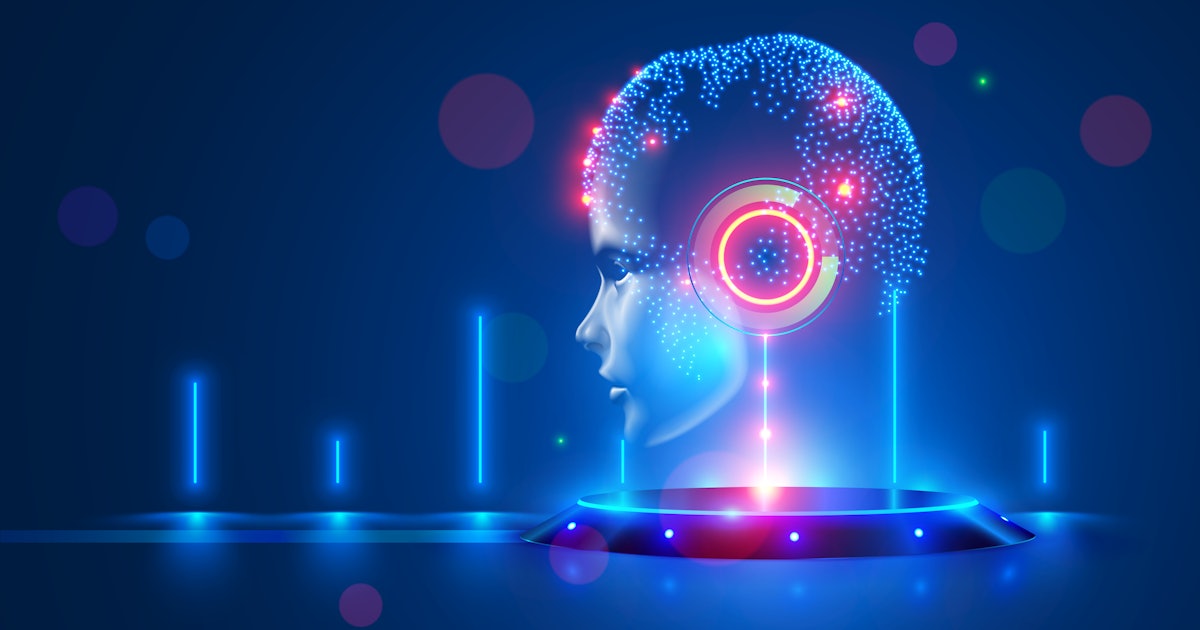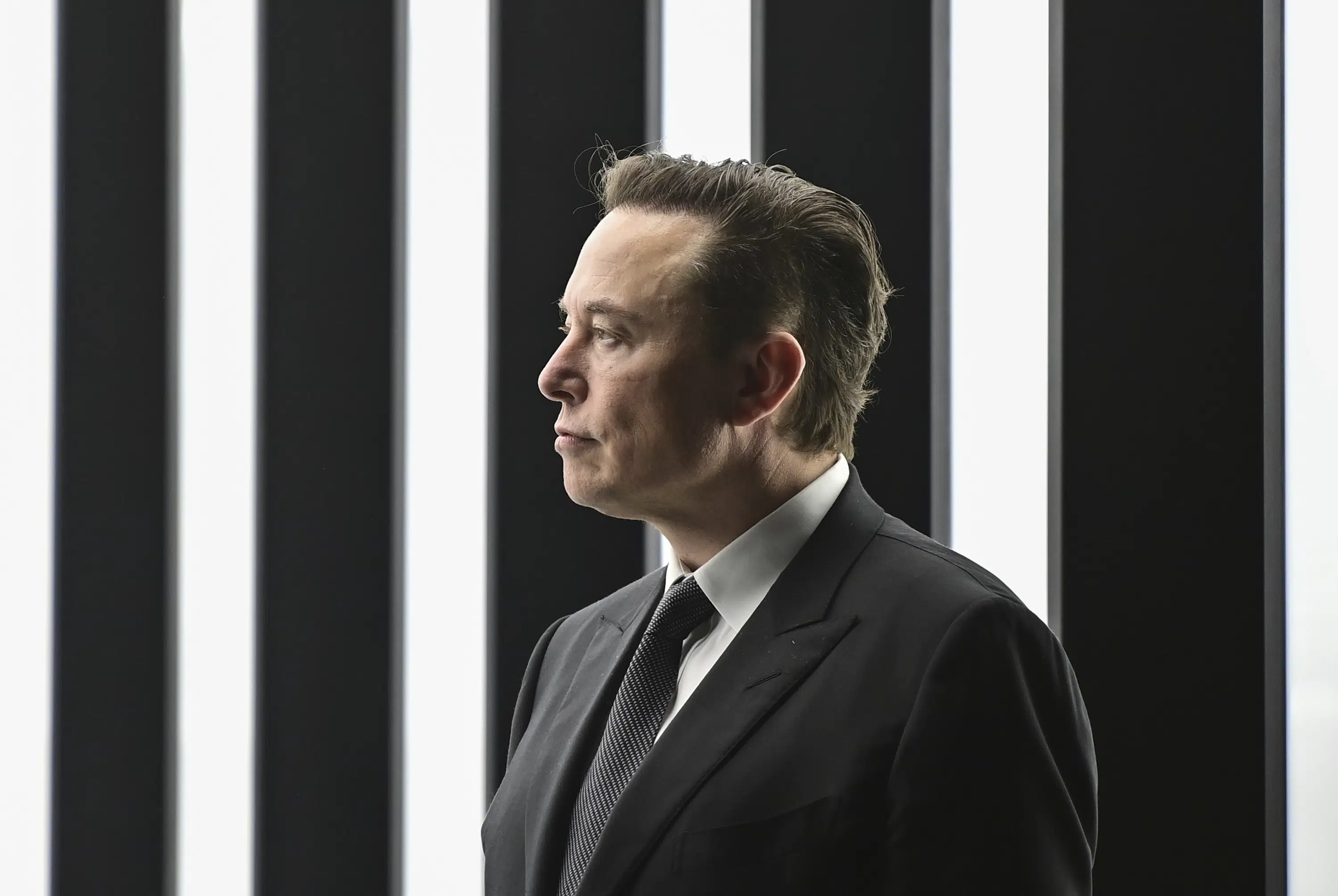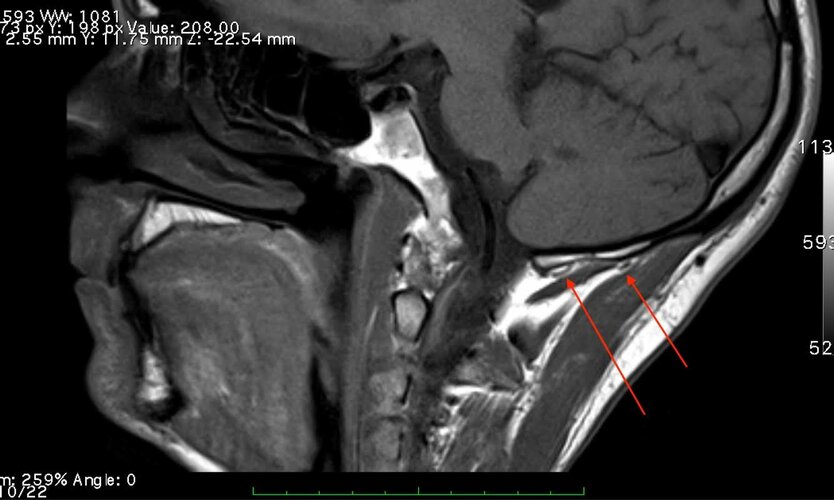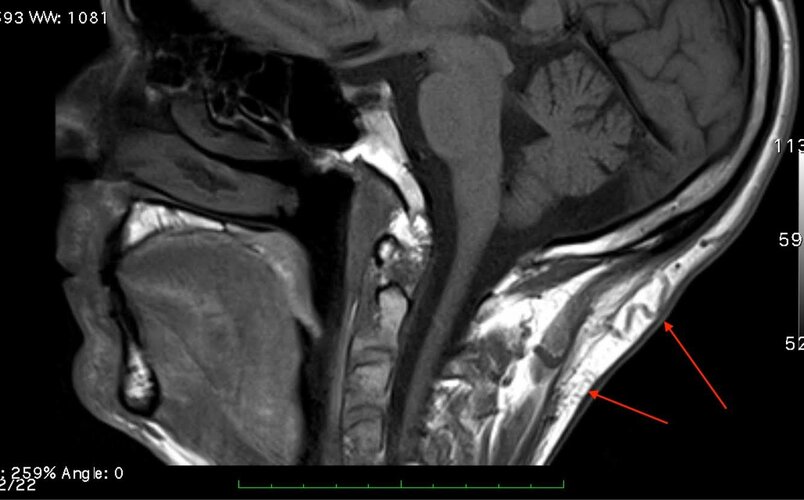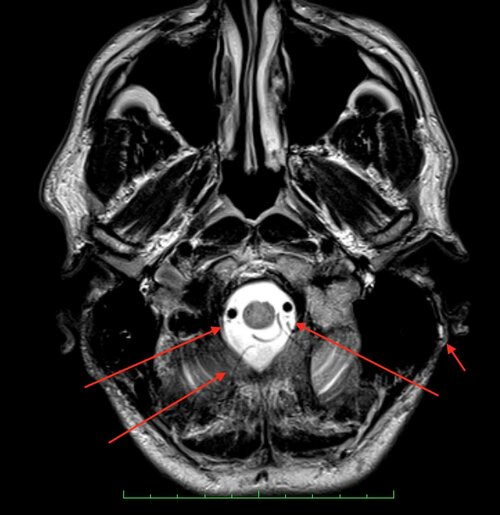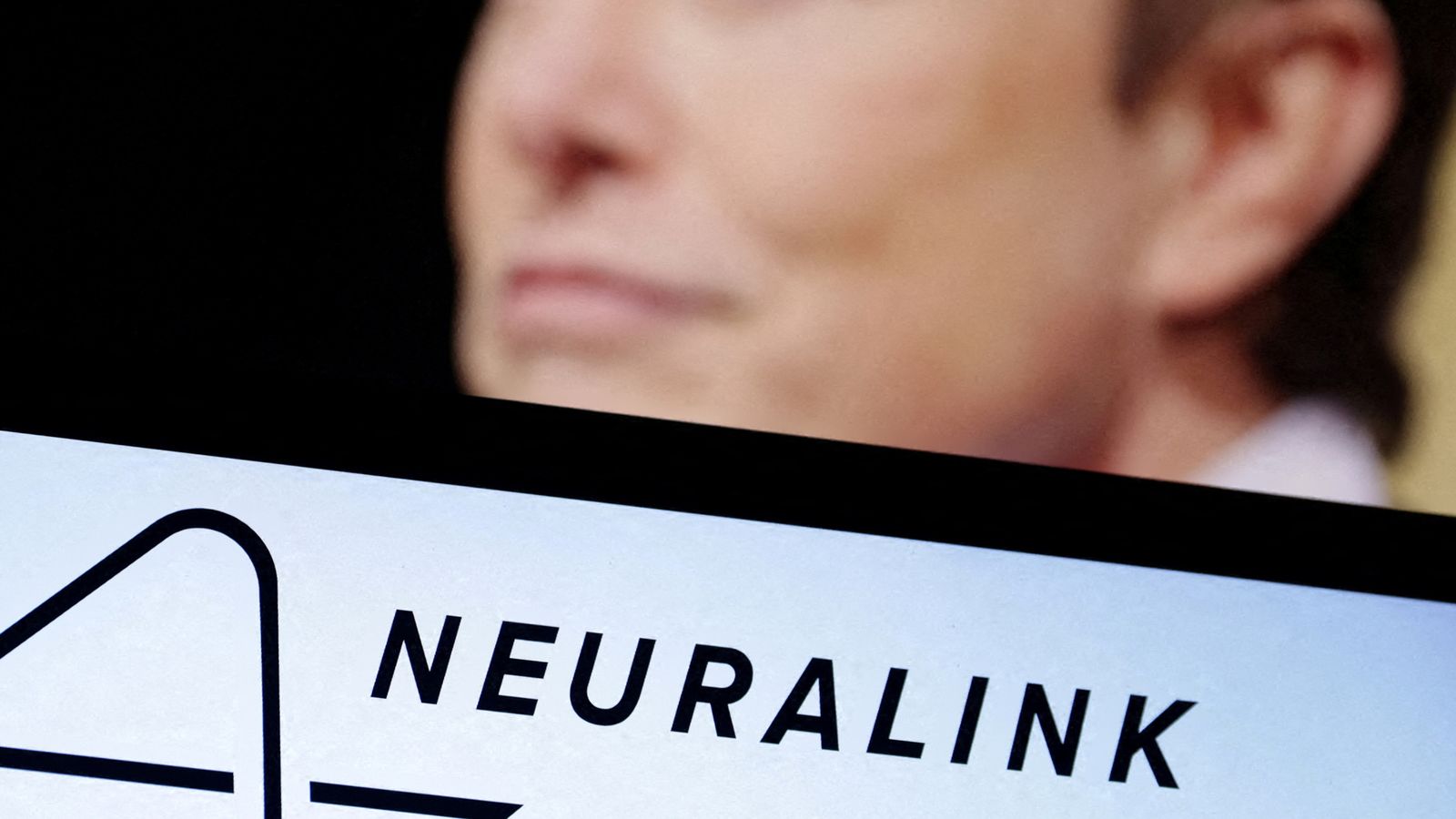Everything was very vague. No timetable was established for anything. As far as any sort of breakthrough, that was not explained. The Luke Arm is a prosthetic arm connected directly to the patient and it is in use now. Progress is being made with prosthetics but this, for lack of a better term, signal processing device has no present commercial applications. I watched a demonstration of a person who could not walk, walking with the aid of electrical contacts connected to the skin at key points.
"No present commercial applications". And yet Musk is spending money on it along with other private investors. Unless you think Musk is doing it for laughs or just likes attention, he has some financial return in mind.
The Luke arm can be driven by electromyographic signals rather than by reading/decoding brain synapses. This is a far more rudimentary level of control. The closest analog I have seen are people wearing hair nets studded with capacitors which produce a far coarser reading of EEG state. To get a full 3D, spatially resolved map of synapse activity, the microscopic wires used by Neuralink will be needed unless someone comes up with some ultra sensitive tomographic sensor that doesn't occupy a room and weigh a ton.
Doing it for laughs? Where did I write that? Listen to Musk say "this will blow your mind." It never happened during the presentation, unless pigs with implants excites you. Until human trials actually start, and the [hopefully] more complex human mind is engaged, there's nothing now.
The example I gave about a person walking by the use of electrodes attached to the skin was very straightforward. The electrodes fired to tense and relax muscles in the legs at specific times and in a specific order. This was a preprogrammed operation.
Spending money? Yes, of course. I'm looking for all of the promised developments getting completed. Eyesight for the blind was briefly touched on by one member of the technical team but it involved the building of a megapixel camera into a human eye, or a substitute. And so far as I know, something like that does not exist. It would seem the spinal break connector would be a relatively easy job for the device, but no idea when that connector might be built.
I know a little about investors and inventions. Even with lots of money, no one has set a date for Return On Investment. I'll watch this. But I'll only look more after "First human trial of severed spinal cord connector completed" appears. As one example.

